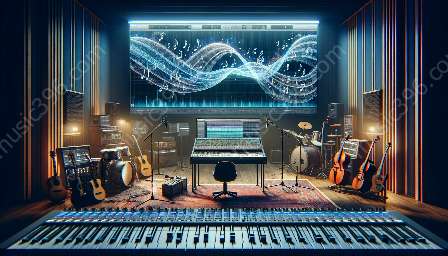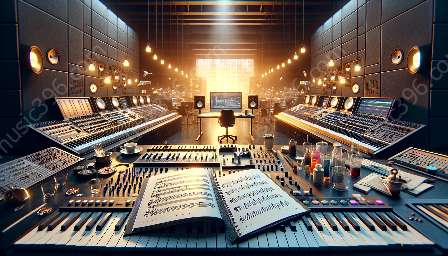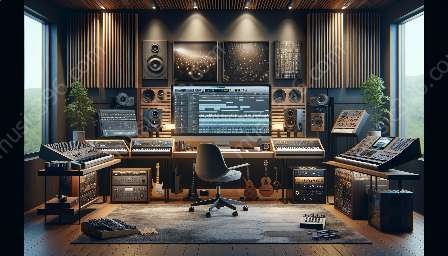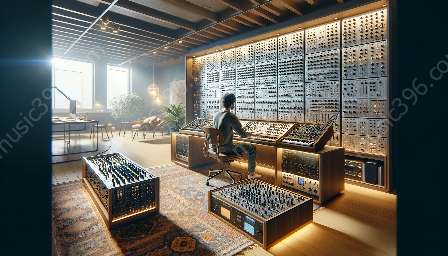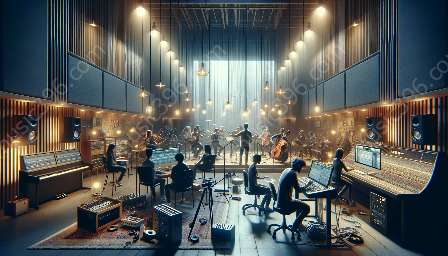Physical modeling synthesis is a versatile method that simulates the behavior of real-world objects or instruments. It has gained popularity due to its potential in creating realistic instrument emulations, its compatibility with sound synthesis and design, and its application in music composition.
Understanding Physical Modeling Synthesis
Physical modeling synthesis is based on the principles of physics and mathematics. It involves creating a mathematical model that simulates the physical properties and behavior of an instrument. This model aims to replicate the characteristics of the instrument, such as its acoustic properties, resonances, and timbre, by using algorithms and equations to generate sound.
Potential in Creating Realistic Instrument Emulations
One of the key advantages of physical modeling synthesis is its potential in creating highly realistic instrument emulations. By accurately modeling the underlying physics of an instrument, physical modeling can produce lifelike sounds that closely resemble the real instruments. This makes it an attractive option for musicians and sound designers who seek authentic instrument sounds in their compositions or productions.
Compatibility with Sound Synthesis and Design
Physical modeling synthesis is compatible with various sound synthesis and design techniques. It can be integrated with subtractive synthesis, additive synthesis, FM synthesis, and more to create complex and expressive sounds. Additionally, physical modeling allows for detailed control over parameters such as material properties, resonances, and articulations, offering a high level of customization for sound designers.
Application in Music Composition
Physical modeling synthesis has found significant application in music composition. Its ability to create lifelike instrument sounds, combined with its flexibility for sound design, makes it a valuable tool for composers and producers. Physical modeling instruments are often used in genres that require realistic orchestral or acoustic instrument sounds, as well as in experimental and electronic music where unique and innovative sounds are desired.




